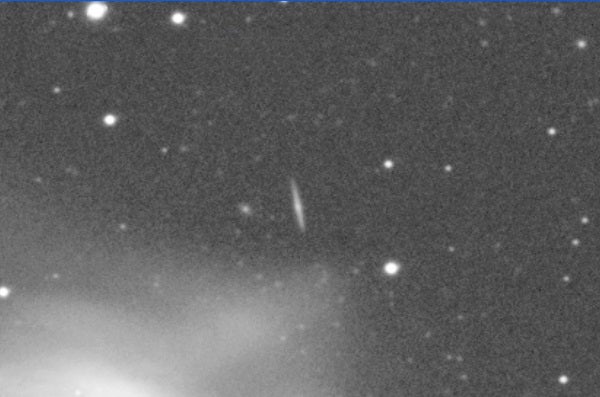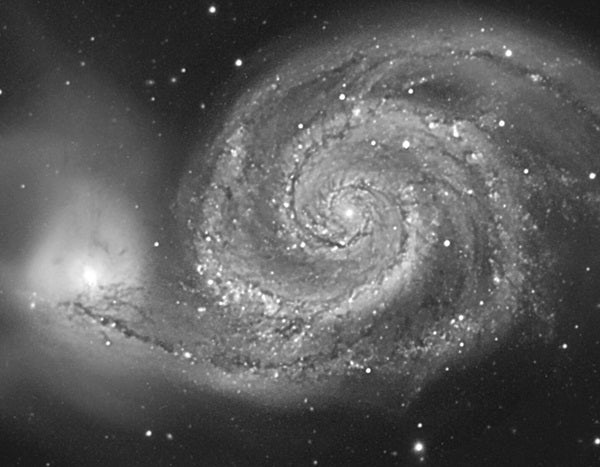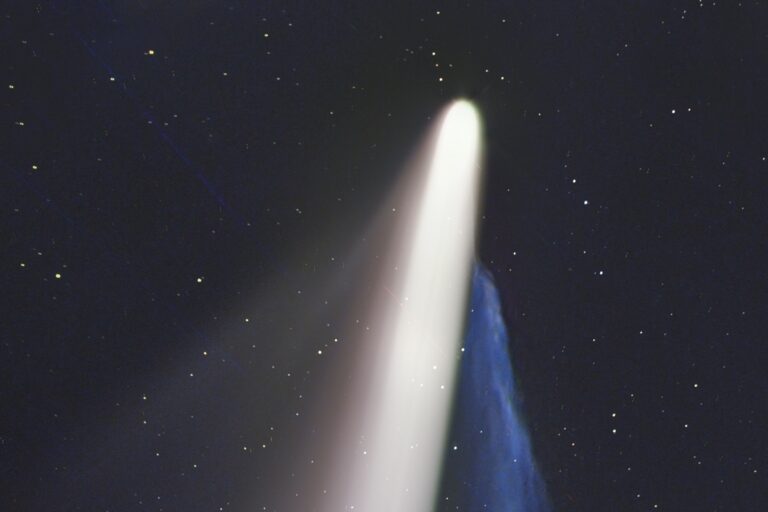Astroimagers use the term “signal” to denote the data — the good stuff that we want in our images. Unfortunately, mixed in with the signal is noise, and it’s always present. Noise can come from many sources. Two are your CCD camera and your computer. Luckily, most noise is typically random. This means the more frames you have to average together, the more the random data smooths out.
As it turns out, combining multiple images is highly superior to using just one image. There is a simple formula for this action: The gain in the signal-to-noise ratio is equal to the square root of the number of frames averaged. That means combining four frames will double your signal-to-noise ratio (2 is the square root of 4), and using nine frames will triple your signal-to-noise ratio (3 is the square root of 9).
Everything I have noted so far can be lumped into the process called “reduction of data.” It’s the step prior to image processing. You have your collected data, and you want to make it as good as it can be before you actually process it into an image.
All CCD cameras need to have the data reduced in some manner before an imager can process it. It is vital to master this step so that your data is the best possible. You don’t want to hear, “Garbage in, garbage out.” Instead, you want well-reduced data that, when taken into Adobe Photoshop®, will come alive with amazing detail.
It’s always a good time to talk about astroimaging, but now is especially so. Prices for entry-level CCD cameras have dropped, and you don’t need a high-end camera to produce amazing images.
In my next installment, I will explore how to use Photoshop to stretch the data you collect, and I’ll explain why I use some of the techniques I do.
September 2010: Getting clean images











